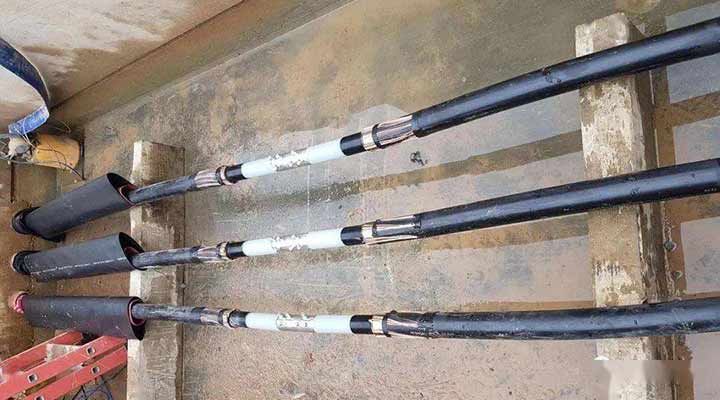Wire and cable should not be damp, heat, corrosion, or abrasion. Wire and cable should be checked for a certain period of time and found to be faulty and should be replaced in time. Wire and cable should not be overloaded. Check the use of electrical appliances and lines at home frequently, and maintain and repair them in a timely manner. For the lines of old buildings, find that they are flooded or wet, especially if the lines are aging with age, ask the electrician to repair them immediately. For lines prone to flooding, ask the electrician to move the lines and take overhead and moisture-proof measures. Rainy days, such as power outages, should immediately cut off the power supply, ask the electrician to check the cause, and send someone to look after.

Power cable manufacturers tell you that the maintenance of wire and cable.
The area around the machine should be kept clean and tidy at all times. There should be no oil, water or materials, or products falling to the ground. The production caused by the scrap should be concentrated in a timely manner and quickly disposed of. Wipe and clean the machine surfaces and whether the machine is well maintained.
See that machine surfaces are always clean, that tools are placed as specified, and that items are not placed on machine surfaces that should not be placed. Add lubricating or cooling oil as specified, and regularly check that the oil supply system is clear.
There is no abnormal sound or vibration during the operation of the machine, and the fasteners are checked and tightened regularly.
Drive belt in the process of use whether loose or deteriorated should be replaced.
Are all machine safety doors, safety grilles, safety covers, safety switches, and limit devices complete, normal, and effective.
When the wire and cable are laid through the pipe, the external insulation is broken and water seeps into the cable.
After laying wire and cable, the cable joints at both ends are not sealed and exposed to air for a long time.
If the laying and preservation work is not done well, the terminals are not well sealed, resulting in water vapor entering the interior of the cable.
It also includes local failures caused by bumps during the operation of the wire and cable, as well as infiltration into the cable.
Cable into the water treatment methods.
After laying wire and cable for electrical equipment, please arrange the cable head and complete the wiring in time to eliminate the hidden danger in the communication seat.
If there is only water at both ends of the cable, simply cut off both ends and reconnect the cable joint.
If there is an obvious water entry point in the wire and cable for electrical equipment, cut the cable near the entry point and make an intermediate connection.
If there is water in an outdoor cable well or cable channel, try to secure the cable with the highest possible bracket.
Periodically perform a voltage leakage test on wire and cable for electrical equipment to know the operating condition of the cable.
In summary: The way to deal with water in cables is prevention! Because once a cable enters the water, it is essentially scrapped. Therefore, power cable manufacturers remind everyone that cables must be regularly inspected and maintained in daily use.